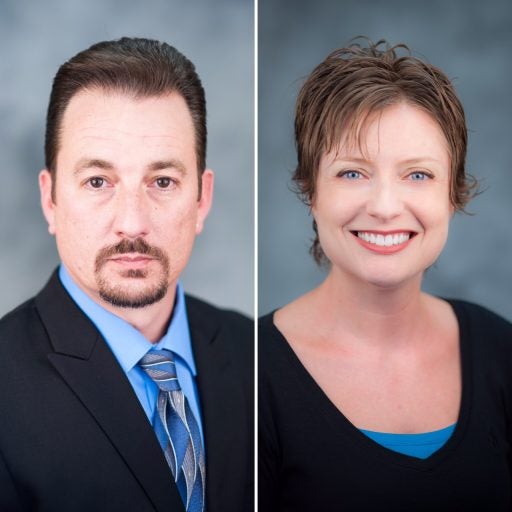University researchers have found that hiring more black police officers alone will not improve the relationship between police and black communities. This finding comes from a study that aimed to provide scientific data regarding a public belief that more black police officers would result in better treatment to, and garner positive reactions from, black citizens.
The study, Race and the Police Use of Force Encounter in the United States, was published Dec. 26 in the British Journal of Criminology. University of Central Florida criminal justice Professor Eugene Paoline and Associate Professor Jacinta Gau authored the study along with Arizona State University Professor William Terrill.
More than 6,000 cases of police use of force were studied during a two-year period from seven mid-to-large agencies across the United States that are similar in policy. What they found is white and black suspects showed resistance toward officers in a color-blind fashion. Further, black officers’ use of force was unaffected by suspect race, questioning the notion that black officers would be less coercive toward black suspects. They also found:
“If there was a strong race affect, you’d see it from all angles,” said Paoline. “Bottom line here is I see this as the race issue is more complicated than it is being portrayed.”
Only data from male police and male citizens were used in this study to remove outside variables like female suspects and other races.
“For 100-plus years, the race issue has been about black America and the police. We wanted to remove all outside noise and go back to the bare bones of black America and the police for this study,” said Paoline.
A nearly $380,000 grant from the National Institute of Justice in the U.S. Department of Justice funded this research. The grant was awarded in 2005.
These findings come at time when tensions are high in the nation in regards to police use of force and race, sparked by police shootings in recent years.
“Looking at Ferguson and Baltimore cases, for example, those have become the building blocks of understanding the current state of police-community relations. Arguments on both sides [of the police-community relations debate] are fueled by emotion, based largely on anecdotal evidence,” Paoline said. “There’s not much in the way of science and looking at the data. We had a chance to look at this from an empirical side with no vested interest. We’re not part of any advocacy group, so this is just from a science point of view. This can lend some insight into race and policing.”
Given the findings of this study – that a more diverse workforce alone won’t improve relations – hopes of improvement may lie in procedural justice, or examining how police are trained to interact with the public, Gau said.
“How police interact with citizens, regardless of the outcome, can transcend officer race,” Gau said. “They should be treated fairly and with dignity and respect.”
Paoline added: “It’s the approach you take with the public that can help mend this. You can still write tickets and arrest people for doing things, but the manner in which you do that can have a huge impact.”
Paoline made a comparison to doctors delivering bad news: The best doctors are ones who explain the options, who allow patients to ask questions and who don’t just deliver news sternly then walk out.
“It’s an incremental approach to building trust and legitimacy,” he said.
